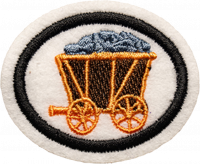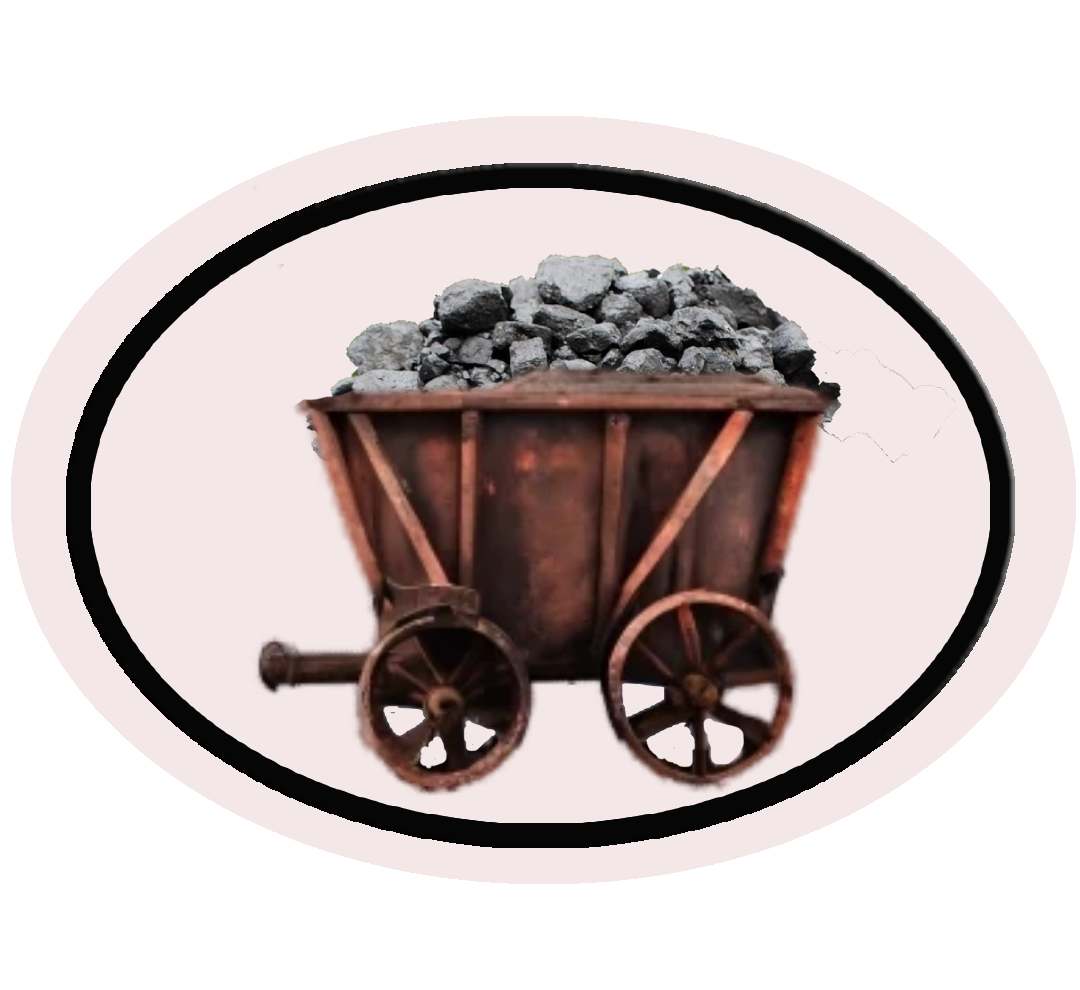Difference between revisions of "AY Honors/Coal/Requirements/es"
(Created page with "</noinclude>¿Qué es un BTU y un julio y por qué son importantes para los usuarios de carbón? <noinclude>") |
(Created page with "</noinclude>Hacer una lista de tres de los usos principales del carbón en la actualidad y tres usos históricos importantes del carbón. <noinclude>") |
||
| Line 12: | Line 12: | ||
<noinclude></noinclude><section end=req4 /></b> | <noinclude></noinclude><section end=req4 /></b> | ||
| − | <b>5. <section begin=req5 /><noinclude> | + | <b>5. <section begin=req5 /><noinclude></noinclude>Hacer una lista de tres de los usos principales del carbón en la actualidad y tres usos históricos importantes del carbón. |
| − | </noinclude> | + | <noinclude></noinclude><section end=req5 /></b> |
| − | <noinclude | ||
| − | |||
| − | <b>6. <section begin=req6 /><noinclude> | + | <b>6. <section begin=req6 /><noinclude></noinclude>Hacer una lista de tres ventajas y tres desventajas del uso del carbón como combustible. |
| − | </noinclude> | + | <noinclude></noinclude><section end=req6 /></b> |
| − | <noinclude | ||
| − | |||
| − | <b>7. <section begin=req7 /><noinclude> | + | <b>7. <section begin=req7 /><noinclude></noinclude>Hacer una lista de cuatro impactos ambientales importantes del uso del carbón. ¿Qué métodos se pueden utilizar para mitigarlos? |
| − | </noinclude> | + | <noinclude></noinclude><section end=req7 /></b> |
| − | <noinclude | ||
| − | |||
<b>8. <section begin=req8 /><noinclude><div lang="en" dir="ltr" class="mw-content-ltr"> | <b>8. <section begin=req8 /><noinclude><div lang="en" dir="ltr" class="mw-content-ltr"> | ||
Revision as of 13:14, 26 March 2024
1. ¿Qué es el carbón?
2. Leer la historia del diluvio en Génesis 6-8 y relacionar los eventos descritos en la historia con cómo se formó el carbón. ¿Cómo se compara el relato del diluvio del Génesis con otras teorías acerca de la formación del carbón? Discutir en grupos pequeños las suposiciones que cada teoría debe formular y su propia opinión acerca de las teorías.
3. ¿Por qué se considera al carbón un combustible fósil? ¿Cuáles son otros combustibles fósiles y por qué es importante conservarlos y explorar combustibles/fuentes de energía renovables? ¿En qué medida depende su compañía eléctrica local de los combustibles fósiles?
4. ¿Qué es un BTU y un julio y por qué son importantes para los usuarios de carbón?
5. Hacer una lista de tres de los usos principales del carbón en la actualidad y tres usos históricos importantes del carbón.
6. Hacer una lista de tres ventajas y tres desventajas del uso del carbón como combustible.
7. Hacer una lista de cuatro impactos ambientales importantes del uso del carbón. ¿Qué métodos se pueden utilizar para mitigarlos?
8.Describe at least three surface mining methods and three subsurface mining methods that are used to extract coal. Research and identify the type of coal mining method nearest to your home.
Discuss three major hazards of underground coal mining and what is done to reduce them.
Collect pictures or specimens and be able to identify the four main types of coal:
- a.
Lignite coal
- b.
Anthracite coal
- c.
Subbituminous coal
- d.
Bituminous coal
11.
Know the characteristics of each of the four main types of coal, including: percentage of carbon; color range and appearance features; primary uses; BTU (kJ) content; areas where mined; and other facts of interest.
12.
Obtain at least one specimen of coal.
- a.
Study and record as many observations as you can concerning the specimen(s) you have, including color, hardness, flakiness, etc.
- b.
Using the knowledge gained in this honor, identify the coal type.
- c.
Try lighting a chunk of coal with a lighter or match. How easily can the specimen(s) be lit in comparison to other combustible materials?
- d.
Grind the material into a powder and repeat the experiment. What were the results?
13.
Do one of the following:
- a.
Tour a coal mine and have a group discussion on what you learned.
- b.
Visit a coal mining museum and have a group discussion on what you learned.
- c.
If there is no coal mine or museum nearby, watch a video on the mining of coal and have a group discussion on what you learned.
14.
Memorize Romans 8:28. Discuss how bad events in your life, or of someone you know, has provided fuel for better things, in much the same way that the flood in Genesis created coal.


